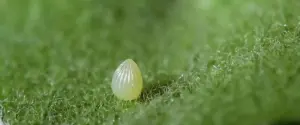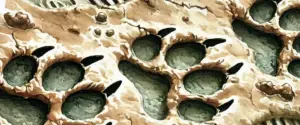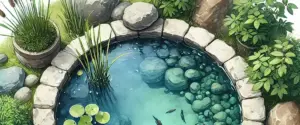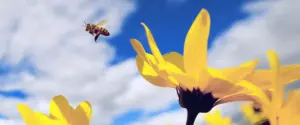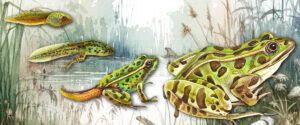
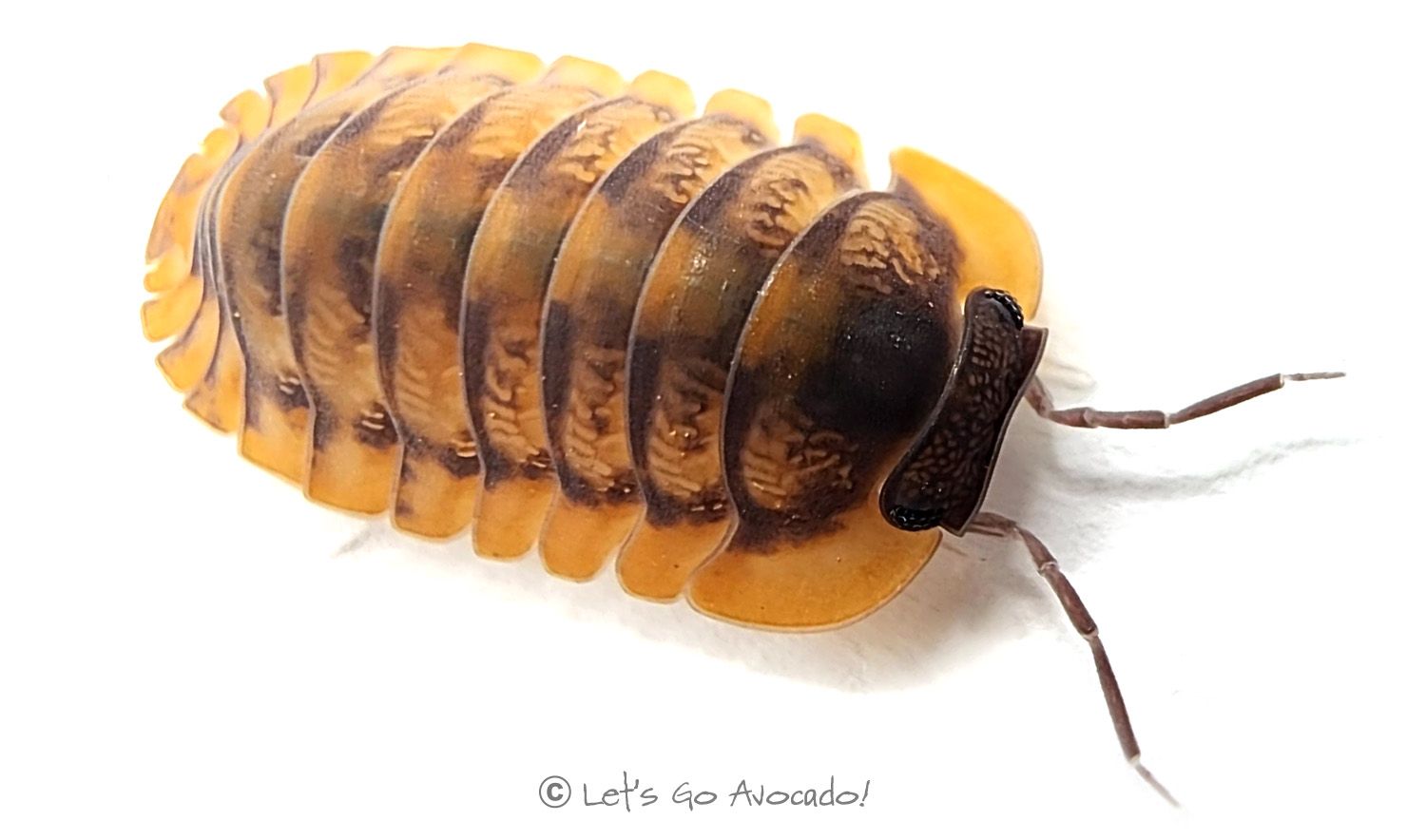
Cubaris Red Tiger Stripe
Tiger Stripe Isopod
Cubaris sp. "Red Tiger Stripe"
This page may contain affiliate links.
Read our disclosure and privacy policy here.
The Cubaris Red Tiger Stripe IsopodAn isopod is a type of small creature that belongs to the crustacean family, just like crabs and lobsters. They have a special body shape with a hard outer shell, which protects their soft insides. Learn More, scientifically known as Cubaris sp., boasts a vibrant and eye-catching appearance that resembles the patterns of a tiger. With bold red and black stripes stretching across their bodies, they create a striking visual display that has made them popular in the isopod hobby.
Cubaris Red Tiger Stripe

There’s a lot to explore right where we are, in our own neighborhoods and backyards! Join us while we get off the couch and explore the everyday wonders of nature, science, space, engineering, art, and anything else we stumble upon during on our adventures.


